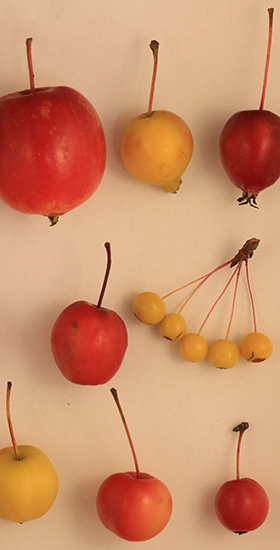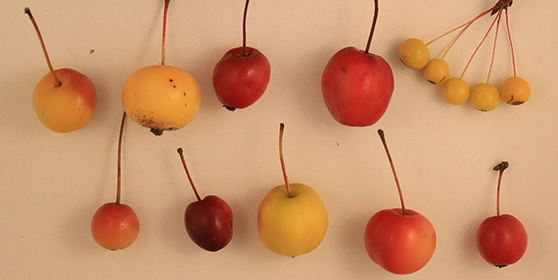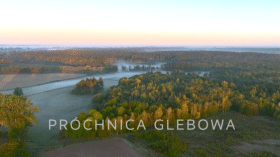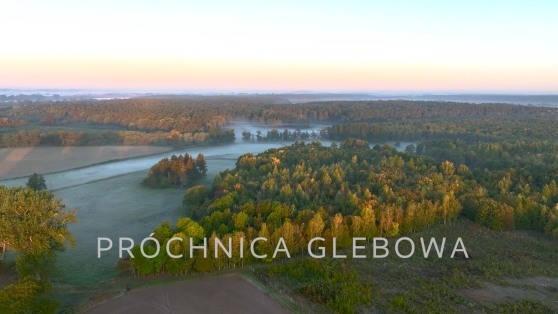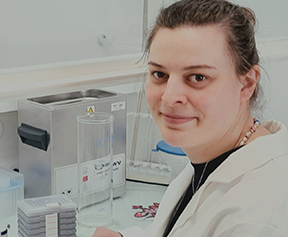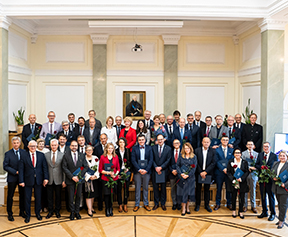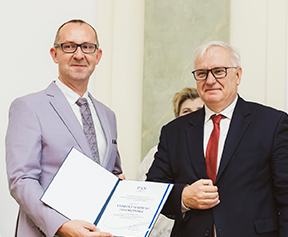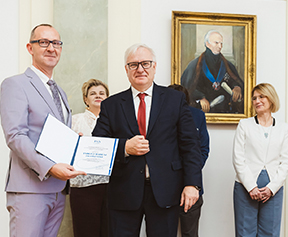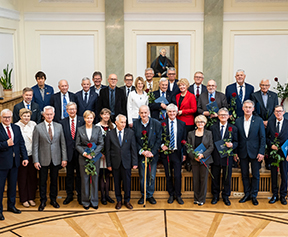Abstract:
The strength and temporal rigidity of climate signals are important characteristics of proxy data used to reconstruct climate variability over pre-instrumental periods. Here, we assess the performance of different tree-ring proxies, including ring width, maximum latewood density, δ13C, and δ18O, during exceptional cold (1800–1850) and warm periods (1946–2000). The analysis was conducted at a spruce (Picea abies) timberline site in the Swiss Alps in proximity to long homogenized instrumental records to support calibration tests against early temperature and precipitation data. In this cold environment, tree-ring width, maximum latewood density, and δ18O are mainly controlled by temperature variations. δ13C is influenced by various factors including temperature, precipitation, sunshine, and relative humidity. When comparing the response patterns during cold and warm periods, ring width and maximum latewood density revealed temporally stable temperature signals. In contrast, the association between the stable isotopes and climate changed considerably between the early 19th and late 20th centuries. The temperature signal in δ18O was stronger during the recent warm period, whereas the opposite is true for δ13C. In δ13C, the temperature signal weakened from the early 19th to the late 20th centuries, but an (inverse) precipitation signal evolved indicating that soil moisture conditions additionally limited recent carbon isotope ratios. An attempt to combine the tree-ring proxies in a multiple regression model did not substantially improve the strength of the dominating temperature signal retained in the latewood density data as this proxy already explained a significant fraction of summer temperature variability. Our findings underscore the importance of split calibration/verification approaches including cold and warm periods, and challenge transfer models based on only late 20th century observational data.
Keywords: Astable isotopes, maximum latewood density, reconstruction model, Picea abies, Engadin, Alps
















